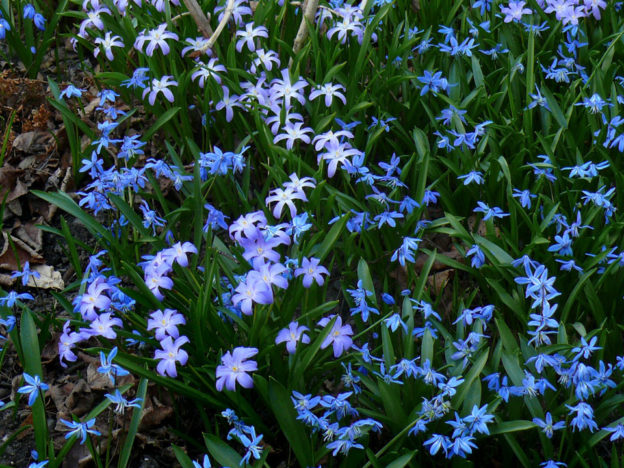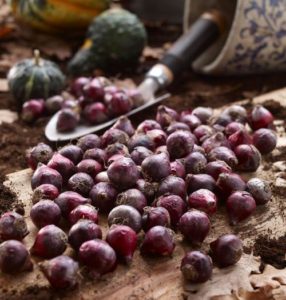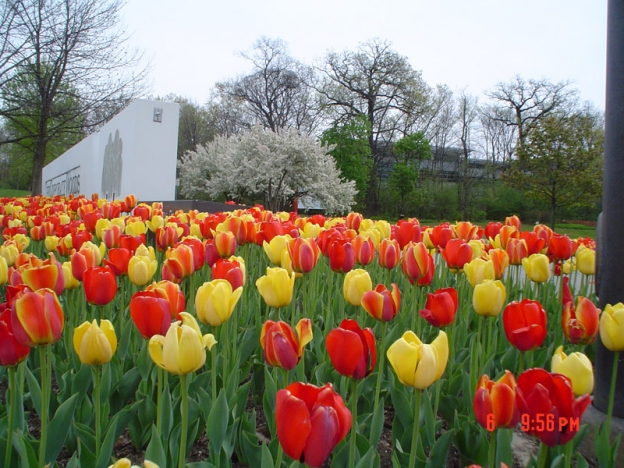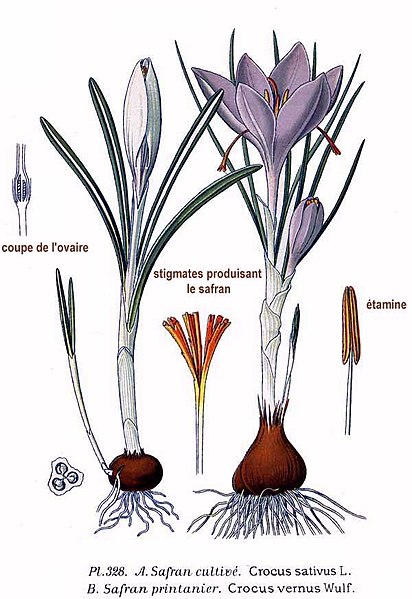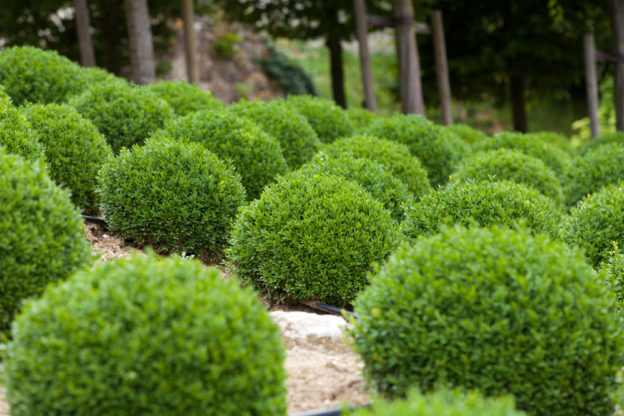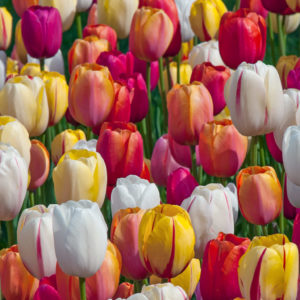Earth Day has come and gone again.
On that day, your ILT Vignocchi team sat in the corporate office discussing upcoming projects and what lies ahead.
This led us to reminisce on a past project where a commercial client expressed a strong commitment to sustainability for their property, and we were delighted to assist in bringing their vision to fruition. This particular property was known as Tetra Pak at the time, and is located in Vernon Hills.
Among the various aspects of the project, we developed a comprehensive tree preservation plan, adhering to tree preservation measures and silt fencing to protect the existing trees on site. Additionally, we oversaw the tree clearing operation, ensuring it was conducted with precision and care.
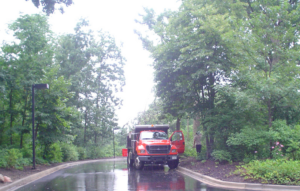
Utilizing resources efficiently, we also repurposed bark mulch created from the grubbing operation, storing it for future use in naturalizing transition areas between native habitats. Moreover, we carefully dug up and preserved native trees for relocation within the property, ensuring not to disturb the ecological balance.
Complementing these initiatives, we meticulously implemented the landscape blueprint, integrating features like boulder retaining walls strategically positioned to preserve as many trees as possible. Additionally, we crafted a paver walk complete with granite curbing and metal hand railing, guiding employees from the parking lot to the main building entrance.
Another unique aspect of this project was that the construction of the building was initiated from the interior, minimizing the presence of heavy machinery around the exterior, thus preventing damage to tree roots. Upon project completion, there was only a three-foot gap between the building’s edge and the surrounding forest.
Overall, it was a win for sustainability and a testament to the power of nature-inspired design.
Yet one of the most significant achievements of the project was the seamless collaboration across various operations, as experts came together to strategize and implement a landscape plan centered around preserving the existing plant material.
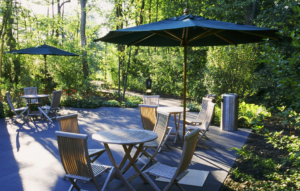
It’s safe to say that it was a heart-centered project, fueled by genuine care and a collective commitment to excellence.
You see, sustainability isn’t just about large corporations eliminating harmful practices; it’s about turning our individual care and concern about this beautiful planet into actionable steps to preserve its integrity.
And here are a few simple tips to get started, no matter how big or small your property is:
- Mulch and compost: Utilize recycled landscape waste to protect root systems and enrich the soil, conserving water and promoting plant health.
- Plant a tree: Each tree serves as a vital ally in the fight against climate change, absorbing pollution, sequestering carbon, and providing habitat for wildlife.
- Start a vegetable or herb garden: Whether you have acres or a balcony, growing your own food reduces reliance on pesticides and transportation while fostering a deeper connection to nature.
- Introduce houseplants: Indoor greenery not only enhances air quality but also brings a touch of nature into our homes, fostering a sense of calm and well-being.
We hope this information has inspired you and helped you see what’s possible.
Give us a call at 847.487.5200 (ext: 2220) or send a message to get started.
As always, if you’re ready to link arms with a knowledgeable team that can turn your vision into a lasting landscape, you know where to find us!


